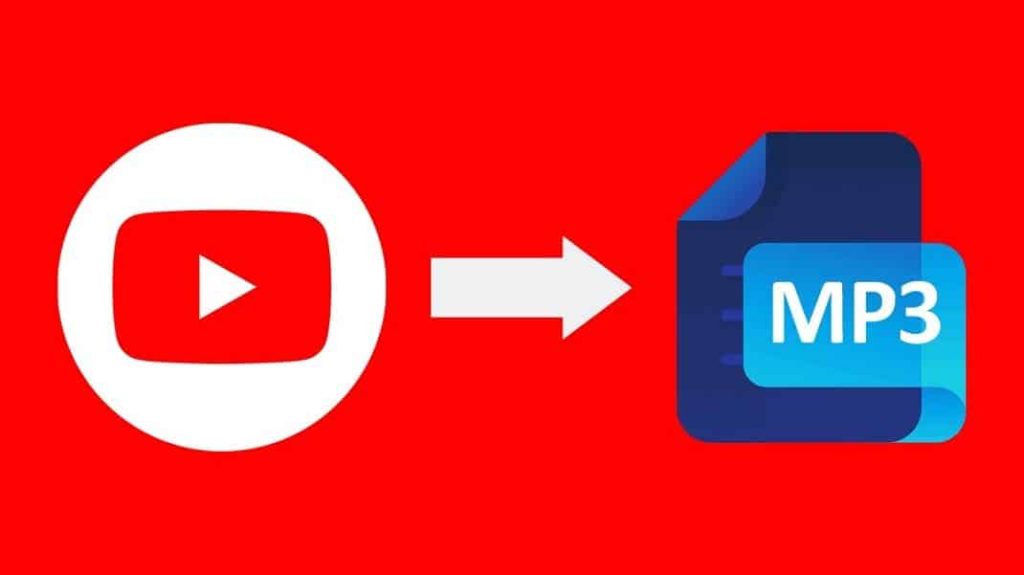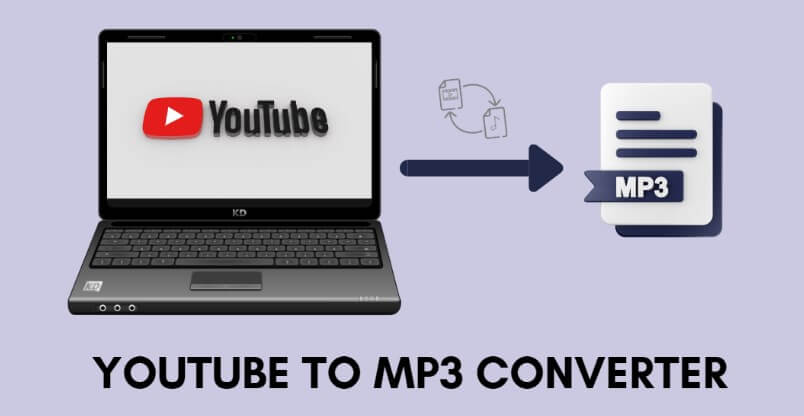THC gummies and other marijuana mixed edibles share a shared objective: to convey the impacts of THC tetrahydrocannabinol in a consumable structure. In any case, the excursion from ingestion to impact, alongside the extraordinary characteristics of each, features a significant improvement molded by inclination, comfort, and experience. This investigation into THC gummies versus other weed edibles will open up the layers that put them aside, offering a brief look into the perfect balance each possesses in the realm of pot utilization. Right off the bat, the allure of THC gummies lies in their commonality and attentive nature. Gummies are a type of consumable that a great many people have experienced in a non-THC structure since youth. This commonality makes them a congenial section point for those new to weed edibles. Their uniform shape and consistency likewise take into consideration exact dosing, a urgent variable for those looking for steady impacts. Besides, gummies are careful; they do not emanate a marijuana smell and look like customary sweets, making them a convenient choice for buyers in a hurry.
Conversely, different edibles like brownies, treats, and exquisite bites offer an alternate encounter. These choices take care of a more extensive scope of taste inclinations and may give a seriously fulfilling experience to those searching for a nibble alongside their THC portion. Notwithstanding, the custom made or distinctive nature of these edibles can prompt irregularities in THC weed gummies circulation, making exact dosing seriously testing. Furthermore, these edibles frequently have a more articulated weed flavor and fragrance, which can be less watchful and probably would not interest everybody. One more aspect to consider is the beginning and length of impacts. THC gummies, as different edibles, go through digestion in the liver, changing THC into 11-hydroxy-THC, a more powerful compound. This cycle adds to the deferred beginning of impacts, commonly going from 30 minutes to 2 hours, and a more extended span of impacts contrasted with inward breath strategies.
Nonetheless, the gelatin or gelatin base of gummies might communicate distinctively with processing contrasted with the fats in heated products, possibly impacting the retention rate and by and large experience. Besides, the market for best thc gummies has seen critical development, with choices accessible in various flavors, potencies, and even equations intended to target explicit encounters, like unwinding or energy. This degree of customization is more uncommon in different edibles, which are many times restricted by the culinary setting they occupy. While THC gummies and different edibles share the center target of conveying THC’s belongings in a satisfactory structure, they wander in their way to deal with comfort, insight, and purchaser inclination. Gummies stand apart for their accuracy, carefulness, and commonality, making them a #1 among numerous clients. Then again, different edibles offer a more extravagant tangible experience and take care of those searching for assortment and a more customary bite insight.


 In contrast, MP3 files are compact and can be easily managed on devices with substantial storage capacity, such as smartphones, tablets, or computers. This portability means that whether you are commuting, working out, or relaxing at home, your entire music collection is always within reach. Another advantage of MP3 downloads is the ability to access a wide variety of music genres and artists from around the world. Online music stores and platforms offer an extensive catalog of tracks, ranging from mainstream hits to obscure indie bands. This diversity allows you to explore new music and discover artists you might not find through traditional retail outlets. Additionally, many platforms offer high-quality audio files and metadata, including album artwork and detailed track information, enhancing your overall listening experience. For those who value customization, MP3 downloads provide the flexibility to manage and organize your music collection to your liking.
In contrast, MP3 files are compact and can be easily managed on devices with substantial storage capacity, such as smartphones, tablets, or computers. This portability means that whether you are commuting, working out, or relaxing at home, your entire music collection is always within reach. Another advantage of MP3 downloads is the ability to access a wide variety of music genres and artists from around the world. Online music stores and platforms offer an extensive catalog of tracks, ranging from mainstream hits to obscure indie bands. This diversity allows you to explore new music and discover artists you might not find through traditional retail outlets. Additionally, many platforms offer high-quality audio files and metadata, including album artwork and detailed track information, enhancing your overall listening experience. For those who value customization, MP3 downloads provide the flexibility to manage and organize your music collection to your liking. After selecting a converter, the process of converting
After selecting a converter, the process of converting  Elopements also tend to be more relaxed and spontaneous than traditional weddings. Without the constraints of a formal schedule or the pressure of pleasing a large number of guests, couples can focus entirely on each other and the moment. This relaxed atmosphere allows elopement photographers to capture genuine, unposed moments of affection and joy.
Elopements also tend to be more relaxed and spontaneous than traditional weddings. Without the constraints of a formal schedule or the pressure of pleasing a large number of guests, couples can focus entirely on each other and the moment. This relaxed atmosphere allows elopement photographers to capture genuine, unposed moments of affection and joy. 

